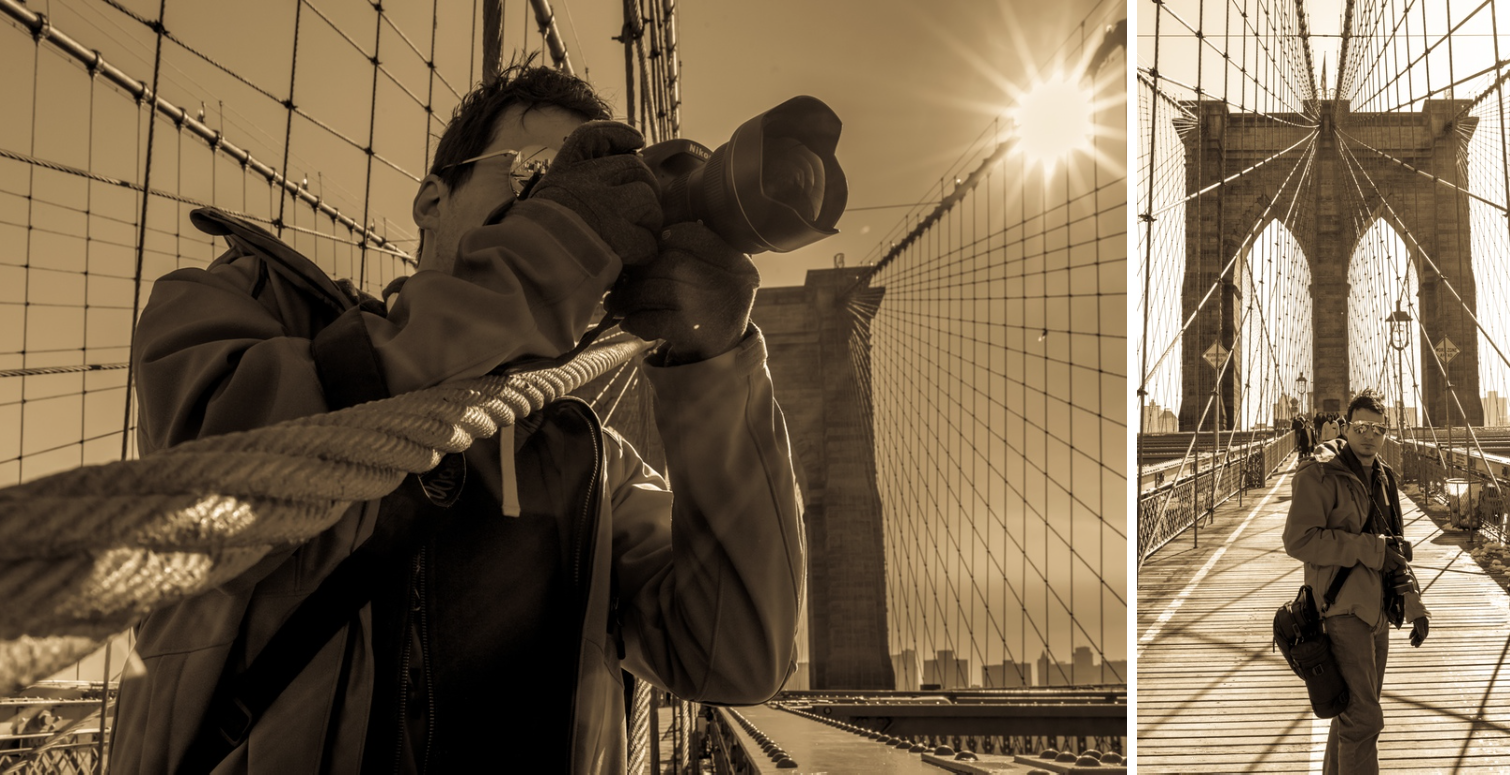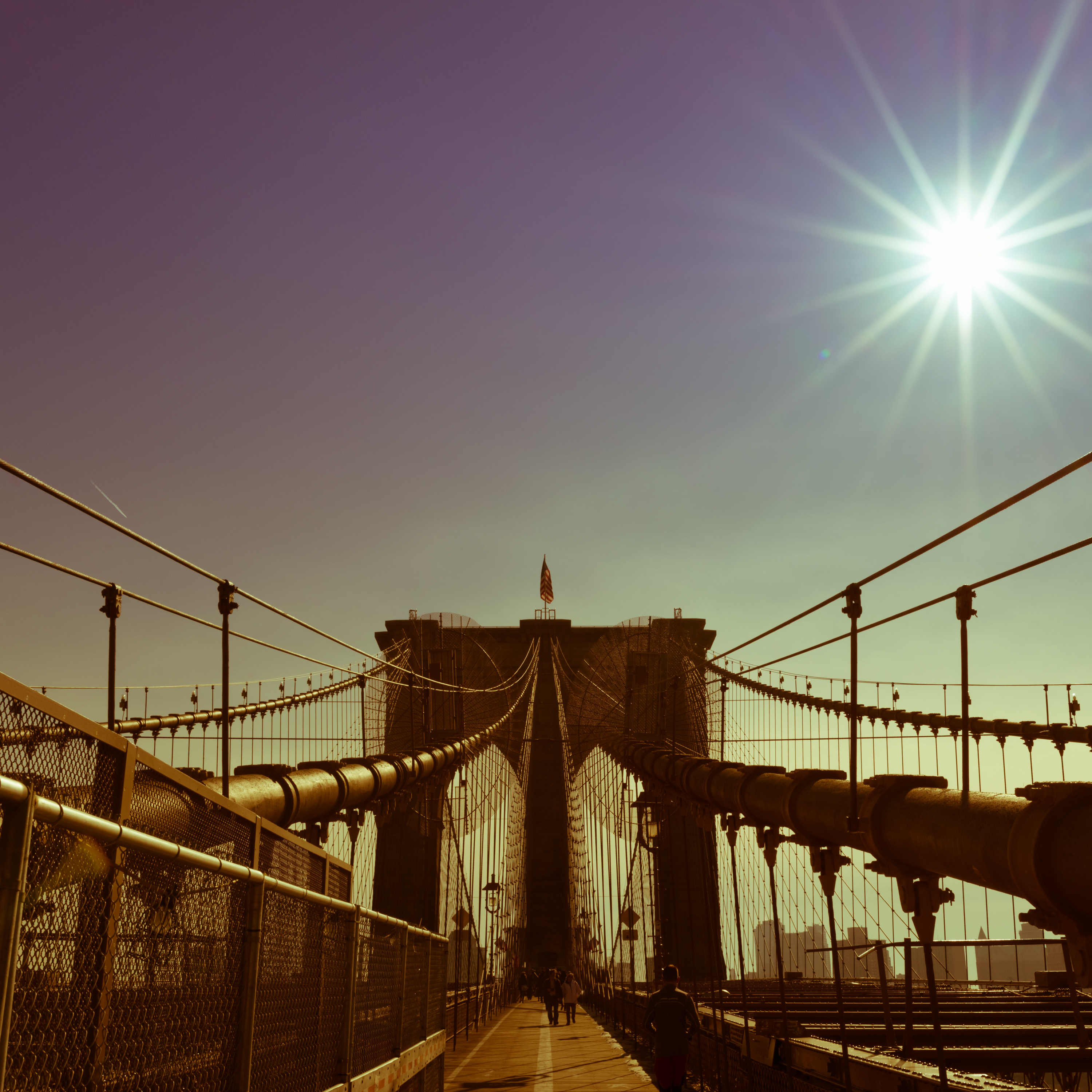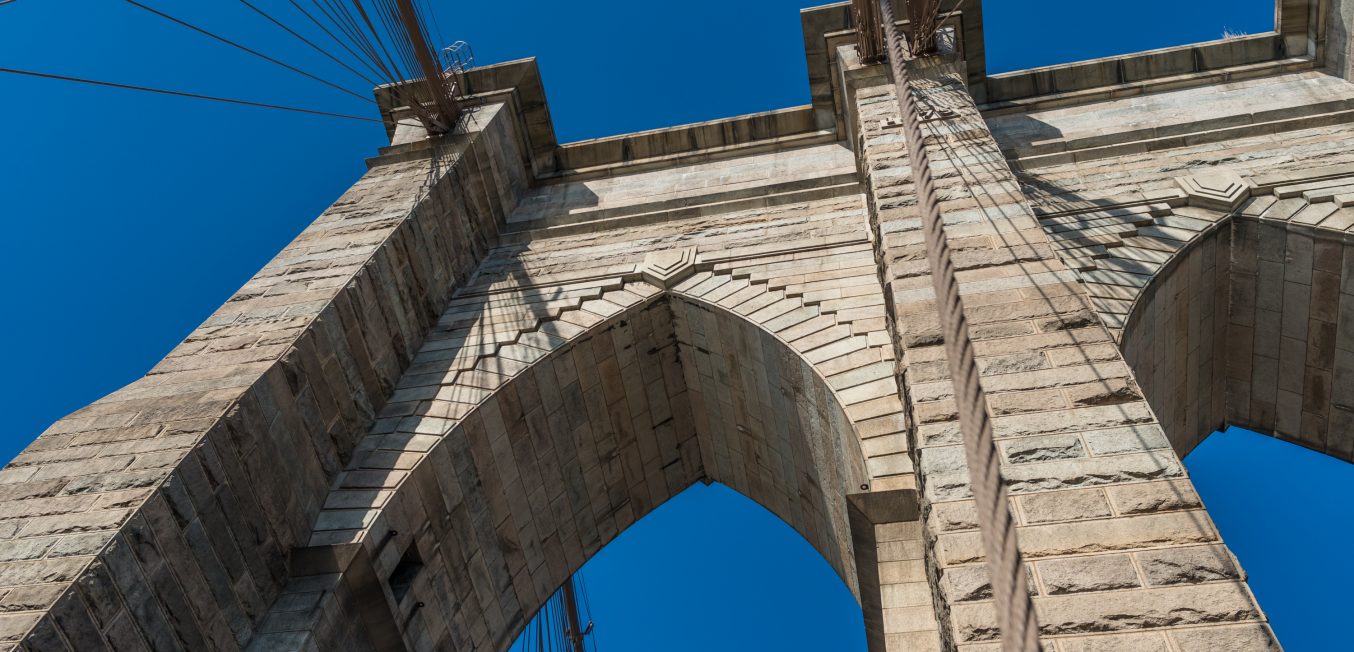“There is scarcely any passion without struggle.” – Albert Camus
Sometimes I hit a wall and can’t write a thing. Writers block? Uninspired? Am I just too busy to calm my mind, set aside time, and get the words out? Or perhaps it’s my ongoing struggle which causes me to anticipate the worst rather than the best outcome. No matter the ‘excuse du jour’ it usually culminates in a personal battle between my brain and my heart. “Stop overthinking it, Amy, and write what you feel.”
So here we are. Attempting to document a small part of my recent trip to New York. The trip was short, lasting only four days, but packed full of discovery. For the first time in all of my travels I visited a city larger than Chicago. It was an invigorating, eye-opening experience. The sheer volume of everything, from buildings to people, restaurants to trash, paints a chaotic picture of an enormous city that has, no doubt, transformed the lives of many. And on an unseasonably warm day in February, my first walk across the Brooklyn Bridge transformed mine. Forever.
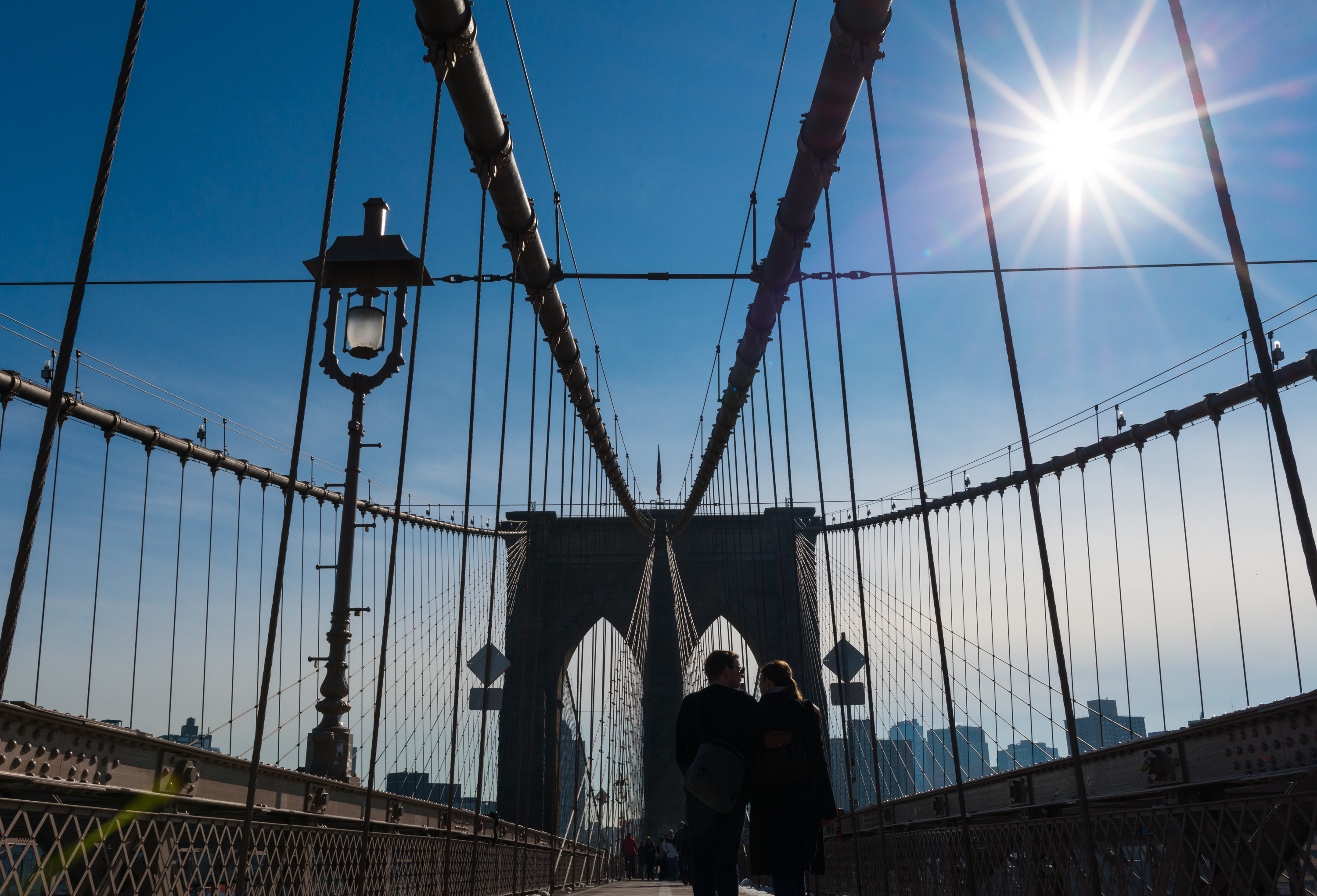
New York is old. It’s part of the charm. And the bridges are mesmerizing. (Unlike the tunnels, which are terrifying.) In Chicago we aren’t gifted with bridges that span large bodies of water, so for me each time I see a new massive bridge in person, I relish in the experience. There was something about walking across this piece of history that sent a tingle from the base of my spine up to the nape of my neck. It sort of sucked the air out of my lungs and for a moment I couldn’t speak. It’s vastly different than standing at the base of a super tall skyscraper, or flying in a helicopter thousands of feet above the city. There is something magical about bridges. As if it’s all an illusion and you’re able to cross to the other side because you simply believe in the reality of the structure. You suspend all doubt and uncertainty from your mind and take the first steps.
The Brooklyn Bridge is rich with history. So much so that it’s easy to get caught in the rabbit hole of Wikipedia discovering more and more about the construction, design, challenges, and triumphs. Keep in mind, the construction of this bridge began in the year 1869. It opened for use on May 24, 1883 – 100 years before I was born! To think construction on this scale and magnitude was even possible back then still boggles my mind. The excerpt below from Wikipedia explains (better than I ever could) the basics of how they built the support structure. And this illustration provides fantastic visual representation of the caisson system.
The bridge’s two towers were built by floating two caissons, giant upside-down boxes made of southern yellow pine, in the span of the East River, and then beginning to build the stone towers on top of them until they sank to the bottom of the river. Compressed air was pumped into the caissons, and workers entered the space to dig the sediment, until the caissons sank to the bedrock. The whole weight of the bridge still sits upon a 15-foot thickness of southern yellow pine wood under the sediment. (source)
The physical struggle of this project pales in comparison to my pathetic, aforementioned writers block. The construction of the Brooklyn Bridge required intense, extraordinary, back-breaking labor. The men were subjected to conditions that tested their physical strength and mental commitment to the project. The transition alone of coming out of the pressurized pine box could often lead to a condition called “the bends”, when dissolved gases (mainly nitrogen) come out of solution in bubbles which can affect just about any body area including joints, lungs, heart, skin and brain. Not to mention the full days work hammering away at the river bed – picking, axing, digging, lifting. Only to go home, attempt to sleep without the aid of Aspirin, and return the very next day to start again.
I try to imagine the feeling of accomplishment the men must have felt on that spring day in May of 1883. Some had dedicated 14 years of their lives to this bridge, sacrificing their body and mind in the process, all for the greater good of progress. Talk about the ultimate sense of accomplishment.
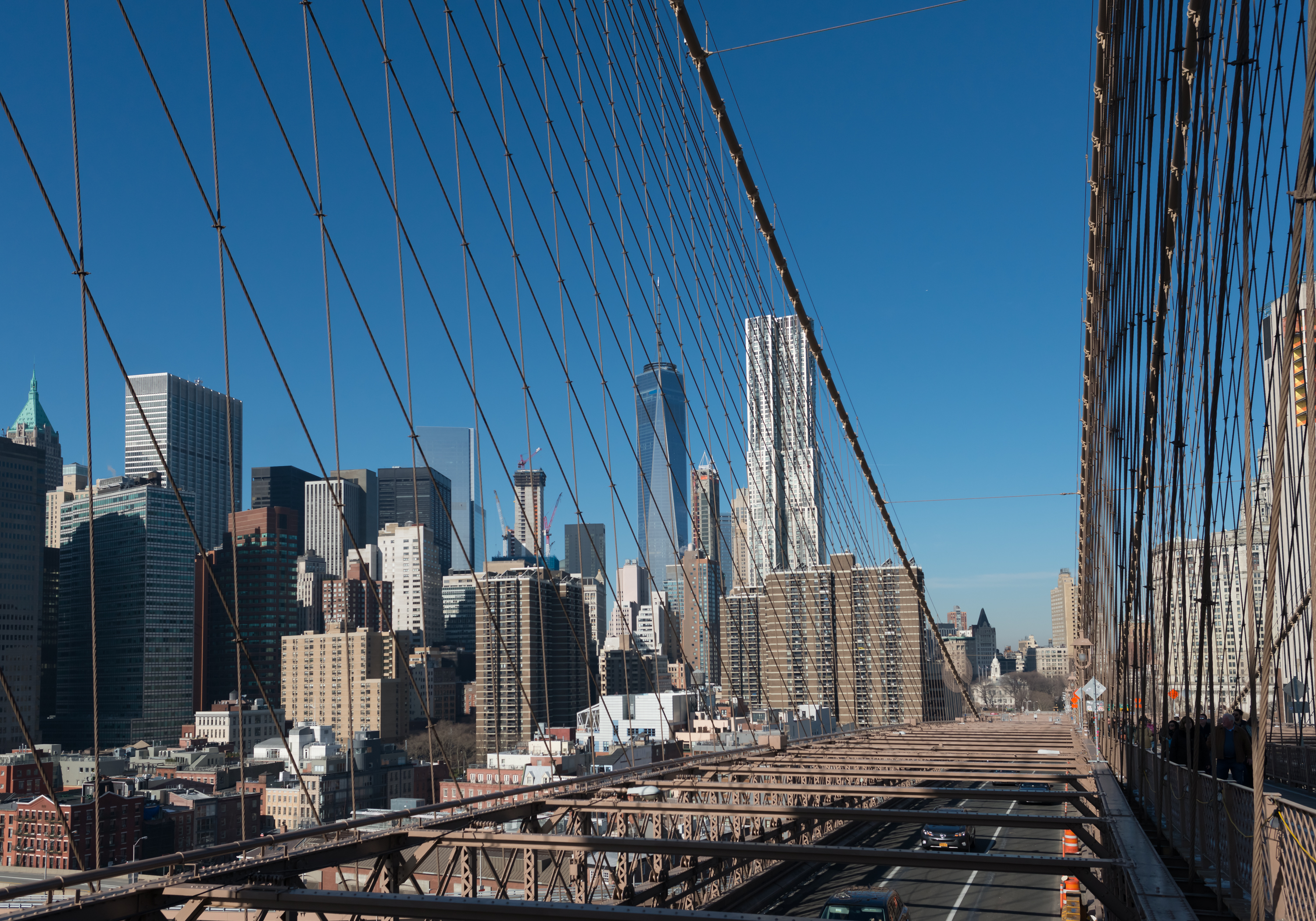
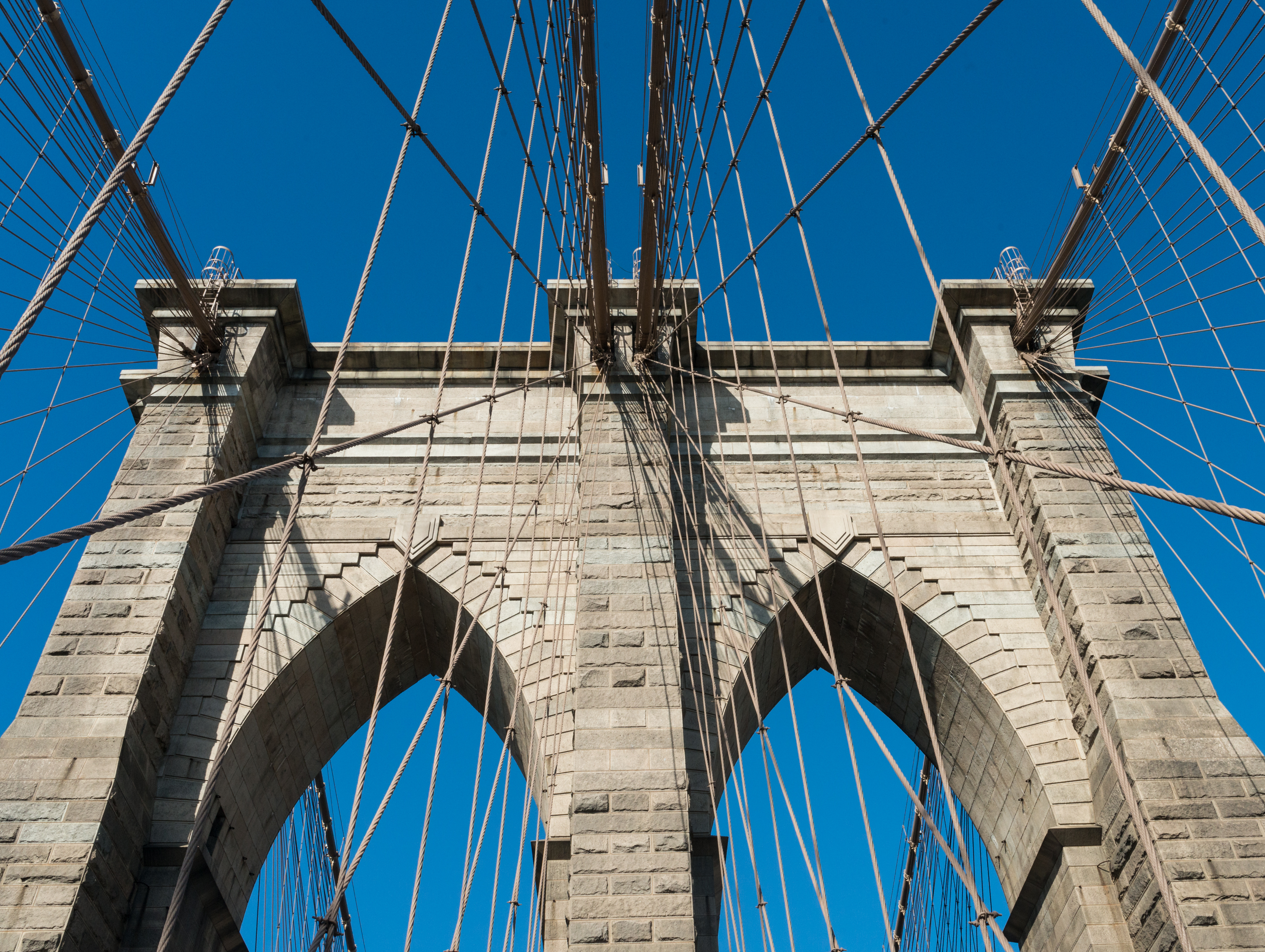
My journey across the Brooklyn Bridge reaffirmed a deeply held belief of mine – what we see on the outside can often hide a deeper, more interesting story that is buried much, much deeper. It’s often a struggle to dig that deep below the surface, to find the solid bottom from which you can build a stable foundation. It can be a painful process that requires sacrifice on many levels, and often leaves wounds that will never be reversed. But in the end, the goal of building a solid masterpiece is achieved – a structure so sound and stable that you’re able to suspend all of your fears, give in to faith, and take the first steps.
If you have 15 minutes to spare, I highly suggest listening this brilliant podcast from Memory Palace, entitled ‘Below, from Above‘. It paints a very vivid picture of the caisson construction process.
Until next time, NYC….
